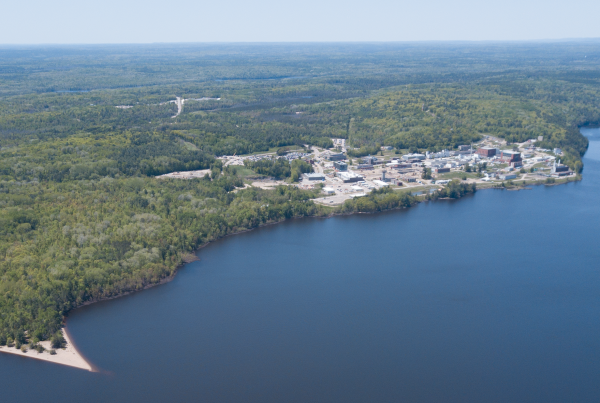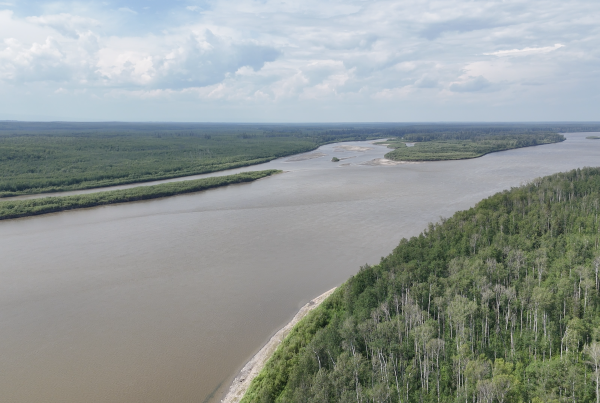On November 12, 2010, Canada issued a Statement of Support endorsing the UN Declaration. What does the implementation of this declaration mean? How can government and businesses implement Free, Prior and Informed Consent?
The UN Declaration is monumental because it is the only human rights instrument created with the participation of the rights holders themselves. Further, it specifically recognizes that Indigenous peoples’ rights are both collective and individual. The UN Declaration sets the floor for Indigenous peoples’ rights – the minimum necessary to meet international human rights standards, not a ceiling. States are free to apply higher standards or stronger rights than those set out in the UN Declaration. The UN Declaration does not create new or special rights for Indigenous peoples. Instead, the UN Declaration elaborated upon existing international human rights instruments and clarifies how those rights apply to Indigenous peoples given their “specific cultural, historical, social and economic circumstances.” One of the main drivers behind the UN Declaration was the persistent denial of basic human rights of Indigenous peoples. Injustices towards Indigenous peoples, including dispossession, colonization, and assimilation practices were justified by using racist legal doctrines that did not apply international law and human rights to Indigenous peoples. The world did not see Indigenous peoples as humans or as having rights. This failure of international law is recognized repeatedly throughout the UN Declaration’s preamble. Remember, The UN Declaration sets out the minimum rights of Aboriginal people.
Key Takeaways:
• Consultations must not try to coerce Aboriginal people to agree
• The government must give Aboriginal communities all the information they need to make their decision
• Indigenous communities should be given enough time to discuss their concerns and should not be rushed into making a decision. Indigenous communities must be able to participate in making any decision that affects their lives
• Consultations should only end when Indigenous communities and the government come to an agreement
• Indigenous people have the right to make their decisions according to their own decision-making processes
Quoted from Brenda Gunn (2011), Understanding and Implementing UNDRIP: An Introductory Handbook.
Here is a great resource for businesses and corporations to understand what it means to implement Free, Prior and Informed Consent.
Evolving legal, social, and reputational risks provide reasons for extractive companies to examine indigenous peoples issues and consider whether seeking FPIC would better enable them to play an appropriate role in the realization of indigenous rights while more effectively protecting their social license to operate.
As the Boreal Council Report states: “Canada’s context for FPIC is unique because, unlike in most countries, the rights of Aboriginal peoples are protected under the Canadian Constitution. This ensures that the rights confirmed through treaties are protected, however, it does not provide clear guidance on consent. There is an evolving debate about how the United Nations Declaration on the Rights of Indigenous Peoples (UNDRIP) can be interpreted in a manner consistent with Canada’s Constitution and legal framework.”
Additionally, “The Supreme Court of Canada’s Tsilhqot’in decision underscored that without obtaining consent prior to Aboriginal title being established, it might become necessary to cancel an approved extractive or other kind of project upon establishment of title if continuation of the project would unjustifiably infringe these rights. It follows that consent is the mechanism that will offer the most certainty for proponents who wish to develop projects on Aboriginal title lands.” Learn more about RAVEN’s support of the Tsilhqot’in’s assertion of their rights here.
Timeline for FPIC in the International and Canadian Context:
In his Report of the Special Rapporteur on the Rights of Indigenous Peoples (2014), James Anaya reinforced this critique of Canadian frameworks, and referred specifically to resource development projects in Canada and the role of the federal government:
Since the passage of the controversial 2012 Jobs, Growth and Long Term Prosperity omnibus legislation, [….], fewer projects require federal environmental assessments. When they do occur, they often require indigenous governance institutions – already overburdened with paperwork – to respond within relatively short time frames to what has been described as a “bombardment” of notices of proposed development; the onus is placed on them to carry out studies and develop evidence identifying and supporting their concerns. Indigenous governments then deliver these concerns to a federally appointed review panel that may have little understanding of aboriginal rights jurisprudence or concepts and that reportedly operates under a very formal, adversarial process with little opportunity for real dialogue.
The Supreme Court of Canada’s 2014 Tsilhqot’in decision is a watershed decision in Canadian law. It granted legal recognition of the Aboriginal title of the Tsilqhot’in to much of their traditional territory, and confirmed that Aboriginal title confers possession and ownership of titled land and resources. This aspect of Aboriginal title has significant implications for FPIC, as it limits the rights of Crown governments to authorize developments on lands where Aboriginal title has been proven or is likely to exist.
Unlike private property under common law, for the First Nation it includes jurisdiction to determine:
- how the land will be used;
- authority over the economic benefits of the land; and
- authority to proactively use and manage the land.
The Boreal Council in collaboration with the Firelight Group suggests: “The federal government can contribute to successful projects by working with communities and Aboriginal governments to develop legal and policy tools that strengthen strategic-level and application- level collaborative decision-making processes. In addition to its fiduciary obligations related to Aboriginal rights and title issues, there is a clear need to address capacity building to strengthen lands stewardship skills and resources in Indigenous communities.
For industry, building understanding and support for the preferred engagement protocols, culture, values, and rights of the affected Indigenous communities early in the process is critical. While there is no “one size fits all” approach, early engagement can provide a foundation for the necessary working relationships and can provide the opportunity to establish Impact Benefit Agreements that can help guide project development and management. Notably, there is a growing recognition of the value of supporting community-controlled research and project reviews, in particular related to the Traditional Knowledge and Use of the Indigenous peoples in the region.”
Content quoted from the Boreal Council’s Report, which can be found here.
For additional information on implementation, see the UN guide which seeks to “help business understand, respect, and support the rights of indigenous peoples by illustrating how these rights are relevant to business activities.”







